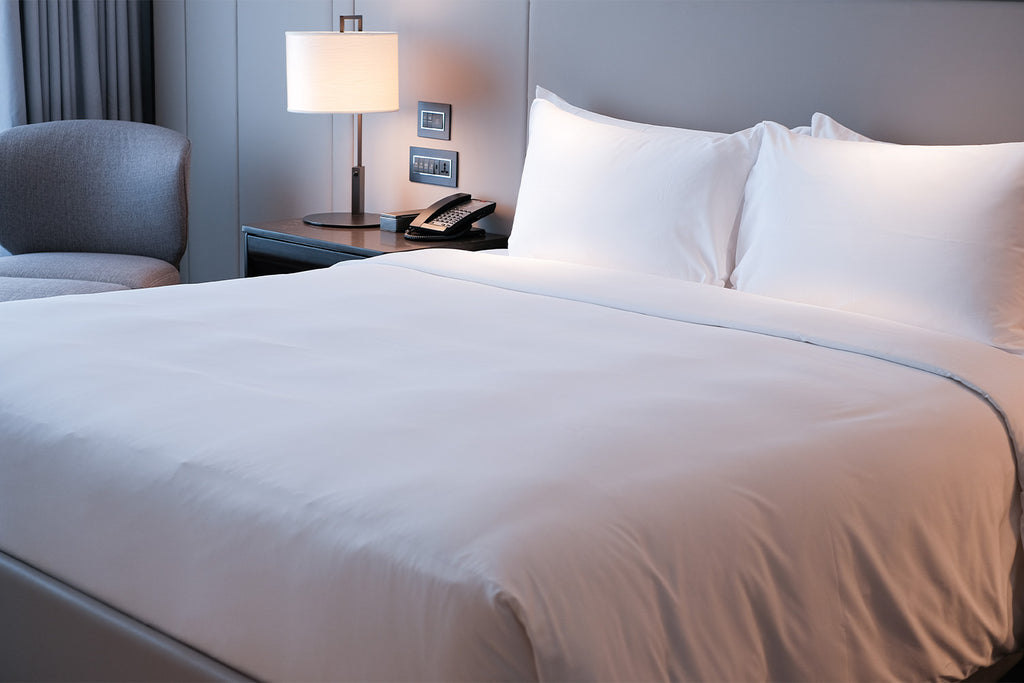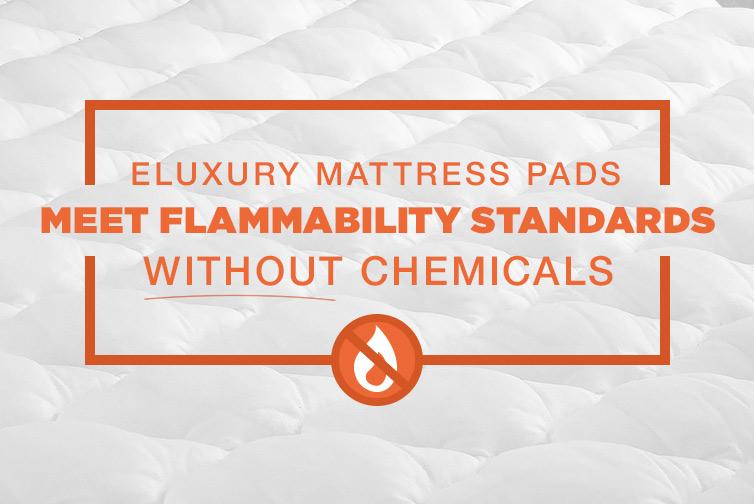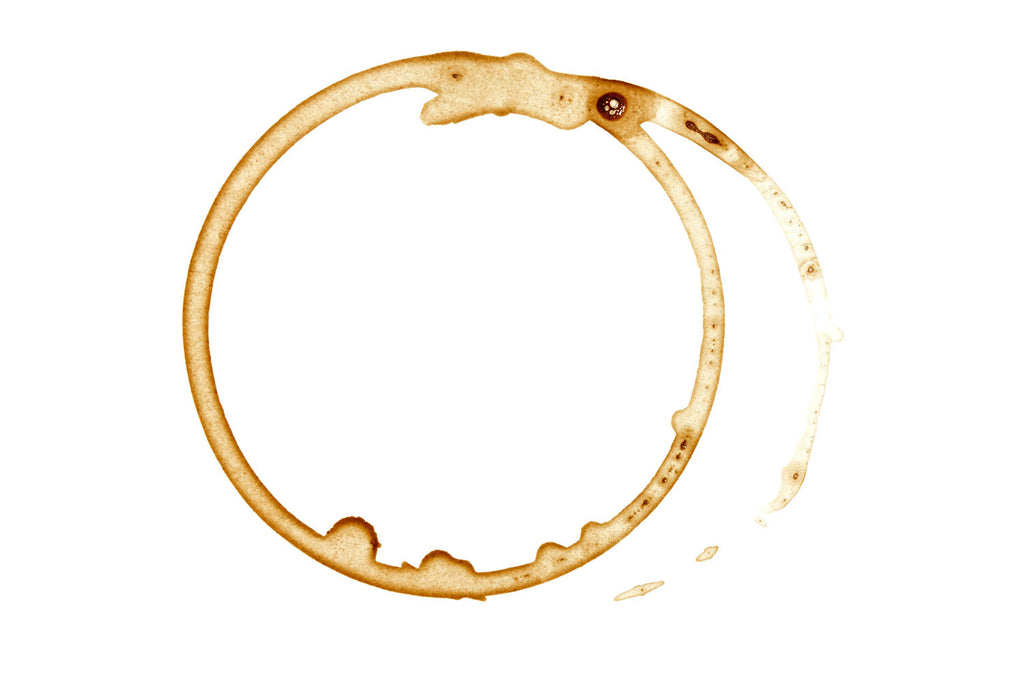
How To Choose a Comforter - 4 Mistakes To Avoid

Has your comforter or duvet cover seen the end of its lifespan? Maybe it doesn’t have the fluffiness it once had and is now full of clumps and pills. Maybe there is not as much vibrance to your comforter cover’s color. You could have even had an unfortunate spill, leaving an otherwise high-quality comforter looking worn down.
Whatever the case is, we have you covered when it comes to looking for your new comforter. Keep on reading to learn more about what the perfect comforter can do for you and the types of mistakes you should avoid while shopping for your new piece of bedding.
Comforter vs. Duvet: What’s the Difference?
One of the most common mistakes that people can make when looking for the right comforter is mistaking it for a duvet. There is not much of a difference between the two, but it could be quite inconvenient to receive a duvet on your doorstep one day when you were expecting a comforter.
The main difference between these two items is that a comforter comes as one piece of bedding; it is simply the outer layer that sits on top of your bed’s sheets. A duvet insert is virtually the same, except a duvet comes in two pieces: the natural or synthetic fill and the cover.
The fill — sometimes made from down feathers or an alternative fill material — is similar to the material that you would find inside of a comforter. The cover, on the other hand, is the additional portion that covers every square inch of fabric on the fill.
This is an important distinction to make before you start looking at any sort of comforter for your bed set.
Down Comforter vs. Down Alternatives: What’s the Difference?
Another common mistake that people can make when searching for their new comforter is mistaking a down comforter for a down-alternative comforter. Knowing the difference between the two of these is essential when looking for a new comforter.
Down comforters and down alternative comforters have different types of fills. Different comforter fills impact the plushness and feel of your comforter. That means one person may have a good night’s sleep with a down comforter, while someone else — a habitually hot sleeper, for example — might feel overheated by the heavy material.
The Best Down Comforters: A Buying Guide
Down comforters tend to have much more durability compared to down alternatives. These high-fluff comforters provide extra warmth and are often used in cold climates. In the colder parts of the world, all-season use of a down comforter is the norm for many people.
Durability and warmth level may not be on the top of your priority list when looking for a new comforter, but if you are looking to save money on repeated purchases and replacements for comforters, a down option would be an excellent choice.
Since there are two different sources of down, those two sources being geese and ducks, let’s further break down the difference between these two.
Goose Down
One of the main distinctions between goose down and duck down is the fact that white goose down typically comes from a more mature bird.
This means that the down clusters used to fill a comforter will most likely be larger in size compared to down from ducks. The size allows for a difference in fill, and it also means that goose down comforters will be warmer than comforters filled with down from ducks.
Due to high demand, goose down comforters are typically a little more expensive compared to comforters filled with duck down.
Duck Down
If you are a warm sleeper, duck down may be a better option for you. The down from ducks does not tend to be as thick and insulated as down from geese, so if you live in a warmer climate or just get hot throughout the night, duck down is worth considering year-round.
Down Alternative: What Is It?
Now that you know all about down comforters, let’s get into down alternatives.
Down alternative comforters have a material within them that is supposed to simulate the feel and insulation of down comforters.
Typically, down alternative comforters have fills that contain hypoallergenic materials such as cotton, synthetic fibers, or rayon. These are ideal for anyone who struggles with allergies or is seeking hypoallergenic materials for their l
One thing to note about these types of comforters is that they tend to be much heavier compared to down comforters. This is because down naturally has more weight to it, and not as much is required within the fill of a down comforter. To emulate the feel of down, alternatives have to be filled with much more material, giving them a heavier feel.
These comforters will also trap more heat since they are naturally heavier, so if you are looking for something that is going to keep you warm throughout the night, a down alternative comforter is definitely the way to go.
Failing To Consider Fill Power
When looking at a comforter, it is essential to look at its fill power. This quality is important because, depending on the type of sleeper you are, you may want to explore varying types of fill power. Here are the different types of fill power and what they mean for your sleep.
High Fill Power Down
The higher the fill power, the heavier the comforter is going to be and the lower its breathability. Remember, fill power just refers to the amount of material that has been put within the comforter, so the higher the fill, the less light it will feel.
Higher fill power in an oversized comforter is ideal if you live in a colder climate and often get cold at night.
Low Fill Power Down
A lower fill power is a reliable choice for any sleepers that live in hotter areas and need something that feels more lightweight.
However, the fill power being on the lower end does not mean the quality of the comforter is lower. It just means that heat won’t be as easily trapped, and the comforter won’t have as much weight to it.
Forgetting To Read the Washing Instructions
Ignoring the retailer’s washing instructions for comforters, pillowcases, and other bedding can dramatically shorten the lifespan of your bedding. Multiple factors can change the way you wash your comforter, including comforter size, thread count, and more.
Furthermore, some comforters really only do well with “spot cleaning.” Spot cleaning means you cannot put the comforter in a washing machine, dry clean it, or hand-wash it. The only way you would be able to clean this comforter is with spotting treatments, using these by hand very carefully when looking for any signs of dirt and stain.
You want a comforter that you will be able to wash easily, especially since there are times that you need quick access to your bed. Having the option to throw your comforter in the washing machine — or at least being able to hand-wash it — will allow you to continue coming home and taking a quick nap whenever you need it most.
If you do end up purchasing a comforter that is machine washable, make sure you are using the right settings when you do so. That way, the comforter stays looking new and fresh.
The safest option is to put your comforter in your washing machine with a gentle cycle on. Sometimes this cycle will also be labeled as delicates.
Whatever it may be, check that you are using the gentlest cycle possible so the fill within the comforter does not get all jumbled. Additionally, you may want to add an extra rinse to ensure you get all of the cleaning products removed so that nothing stains the comforter.
Wrapping Up
These are all important factors to keep in mind when you are switching out your old comforter for a new one. Here’s a quick summary of what we covered:
-
Duvets vs. Comforters: Remember the difference between a duvet and a comforter. Duvet comes in two parts, while a comforter comes in one.
-
Down comforters vs. Down alternatives:Down comforters are better at keeping the heat in, while down alternatives tend to be less insulated and are made with different materials, such as cotton.
-
Look at Fill Power: The fill will determine how lightweight or heavy your comforter is.
- Read the Washing Instructions: Make sure the instructions say you can hand wash the comforter or that it is machine-washable.
With these tips and tricks, buying a new comforter should be easier than ever! Don’t hesitate to come back to this article if you ever need a refresher.
Sources:
Why Do I Get So Hot When I Sleep? 7 Reasons Plus Solutions | Healthline
Everything You Need to Know About Buying a Comforter | Good Housekeeping
Hot Sleep: Why It Happens, How to Cool Down at Night | Healthline




